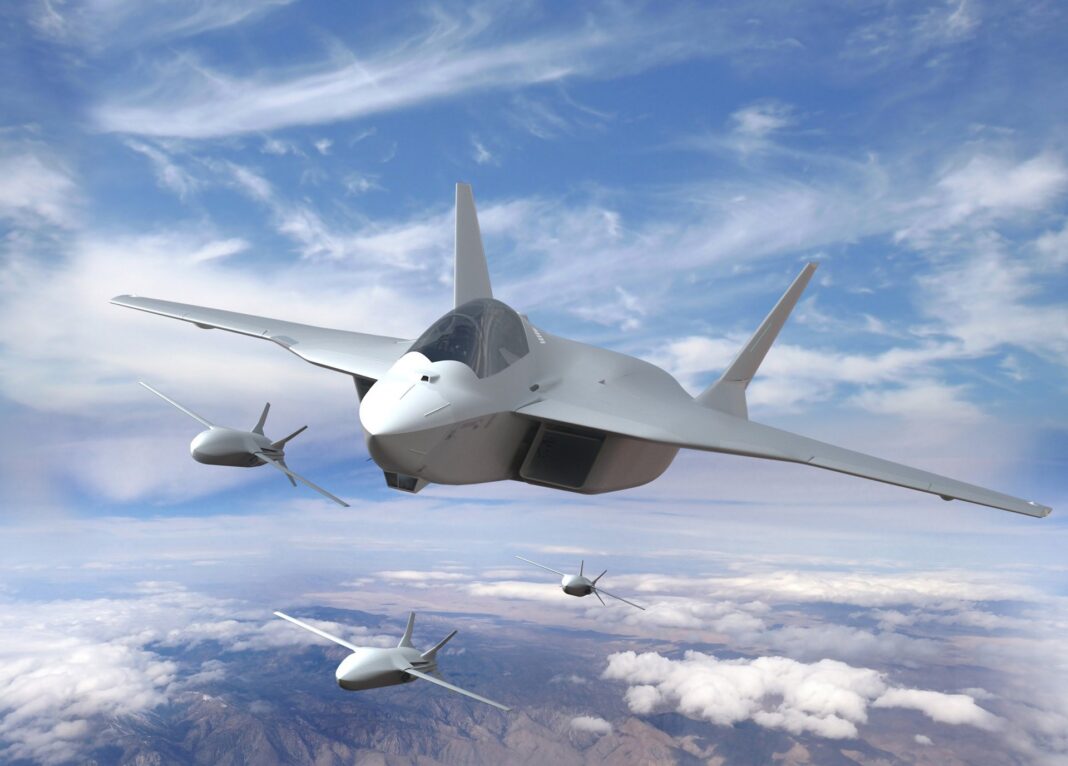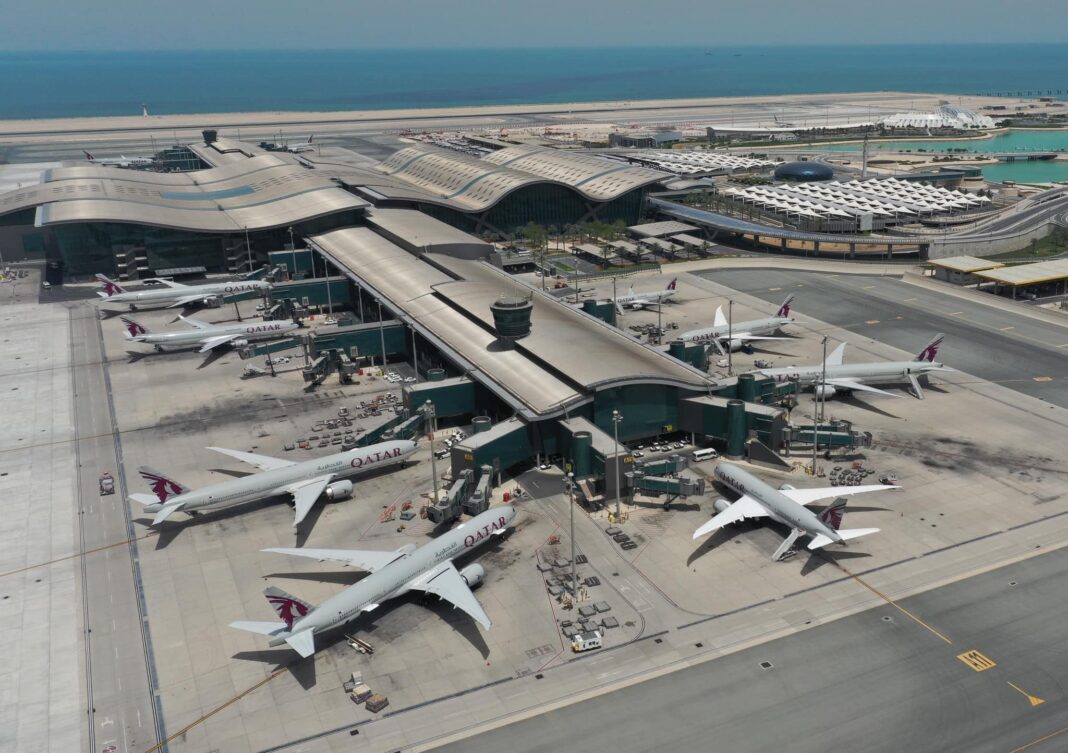During Airbus Trade Media Briefing 22, Airbus Defence and Space showed details of what the Remote Carriers (RC) being developed for the NGWS/FCAS program will look like.
See also: What’s coming next for Airbus Defence’s current product portfolio
The Future Combat Air System (FCAS) is the program that Germany, Spain and France are pursuing to design the next generation of air combat capabilities. In addition to the sixth-generation fighter, whose development is led by Dassault, Airbus Defence and Space will be responsible for developing unmanned combat air vehicles, designed to complement and maximize the capabilities of manned fighters. They will be a force multiplier.
Two versions, one light and one heavy, both modular in design, will be developed to fulfill a wide variety of roles. Remote Carriers will be able to perform reconnaissance, intelligence, electronic warfare and strike missions, forming the vanguard of a strike package of manned and unmanned combat aircraft.
To maintain a high degree of stealth, the RCs will have a stealth design and construction. The heavy version of these unmanned aircraft will be able to use three types of sensors, one radar for air-to-air missions, one for air-to-ground missions and one with an optronic sensor for passive detection. It will also have an internal weapons bay, which will be able to accommodate electronic warfare pods or different types of guided weapons against air or surface targets.
The RCs could be launched from the future European sixth-generation fighter, but also from the current Eurofighters (and probably also from the Rafale). But everything seems to indicate that the «mother ship» of choice for launching these drones will be the A400M military transport and cargo aircraft.
An A400M could launch towards the target area an estimated 40-50 light Remote Carriers, or 8-12 of the heavy ones; becoming a sort of an arsenal plane.
Unlike other approaches to the concept of «manned and unmanned teams» (MUM-T), such as the Loyal Wingman developed by Australia and Boeing, Remote Carriers are not intended to take off and land from an airfield. They are expendable systems. Airbus will therefore have to make significant research efforts to make these complex aircraft as inexpensive as possible.
Just a few days ago, the German Bundeswehr, Airbus, the German Aerospace Center DLR and the German companies SFL and Geradts successfully launched and operated the world’s first Remote Carrier demonstrator from an A400M in flight.








